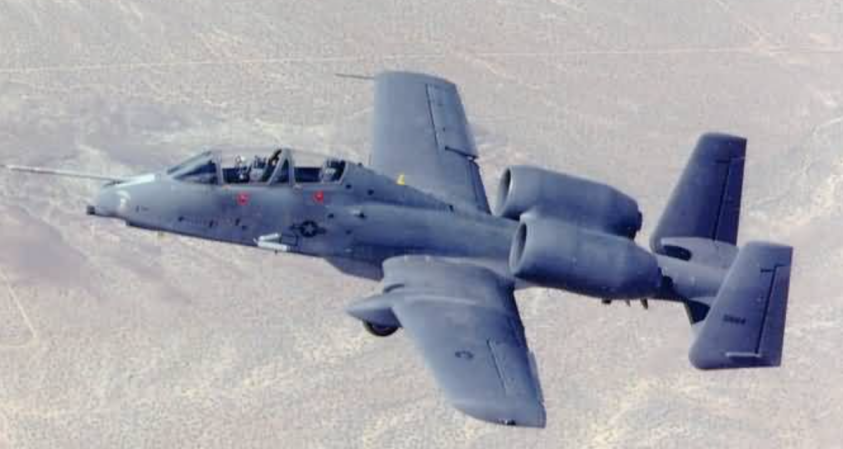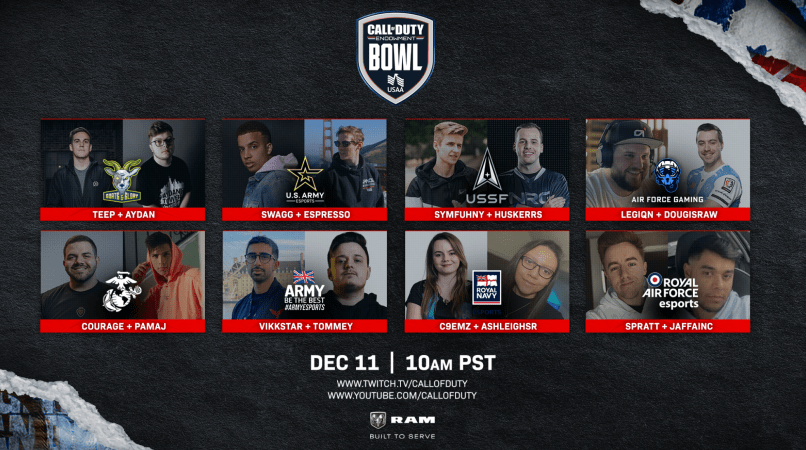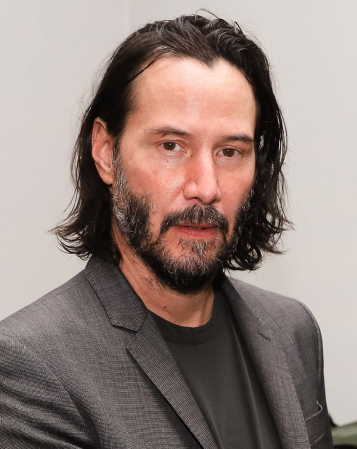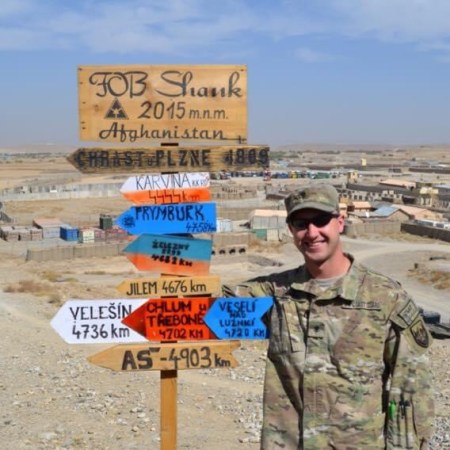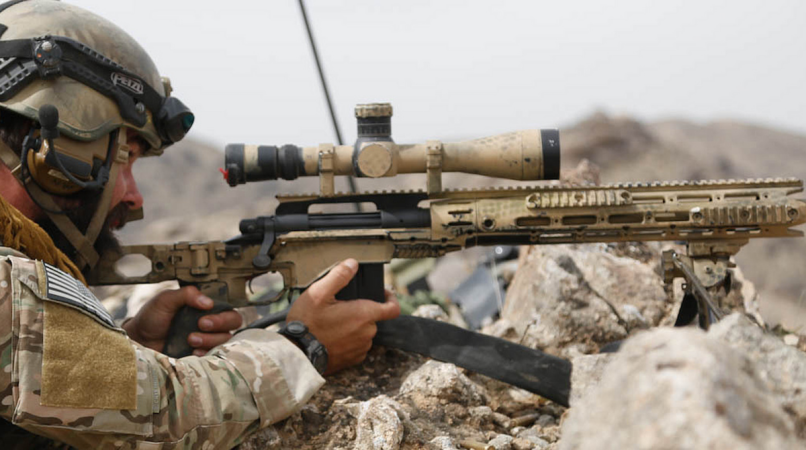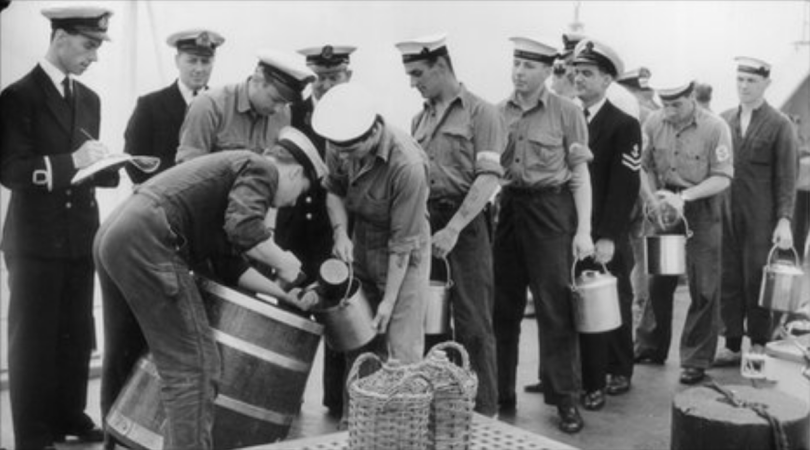“We may have been a conquered people, but we were not a defeated people, and our warriors will always rise to the call of battle.” – Hopi leader
“The Native American Veterans Memorial is for healing,” monument designer, Cheyenne and Arapaho citizen, peace chief, and Vietnam veteran, Harvey Pratt said. In addition to serving with the 3rd Marine Division in 1963, Pratt worked in law enforcement over 50 years. His career consisted of being a renowned forensic artist and he is now a multimedia artist inspired by his heritage. When asked why he and so many Indians voluntarily join the military, Pratt explained their warrior tradition of defending their people and homeland, despite the history of oppression by the U.S. government.

“God gave this land to the Indians first and so this is Indian country and will always be Indian country. Our blood is spilled all over this country and world, fighting for this country. We will always fight for this land.” Pratt described the design, stating not only could his great-grandfather, Edmund Guerrier, a Sand Creek massacre survivor, recognize its symbolism, so could his children, grandchildren and every member of America’s 573 tribes.
Located at the entrance of the National American Indian Museum in D.C. and surrounded by gardens, a paved, lit path will lead visitors to a large stainless-steel circle mounted on a stone drum fountain. The symbolism of a drum’s beat, reverberating through the rippling water, will be a call for healing across the land. And on ceremonial occasions, the circle’s base will ignite in flame.
Pratt explained how the round design is timeless and in sync with the other features of the memorial, symbolizing the cycle of life and death and nature’s connection with everything. He detailed how the site will also include four benches for visitors to sit and reflect. And spaced according to the four cardinal directions, four lances will point skyward with feathers in the four battle colors of white, yellow, red, and black, as well as battle streamers.
Veterans, family members, tribal leaders, and visitors will have the opportunity to tie their own prayer cloths to these lances.
He concluded, “Although the memorial is for American Indians, ‘war mothers,’ and their families, all vets are welcome to come feel the power and strength and to feel blessed.” Dr. Herman Viola, historian, curator emeritus at the Smithsonian’s National Museum of Natural History, and senior advisor for this memorial, explained the significance of the monument, with Indians serving since the Revolutionary War at a greater percentage than any other ethnic or racial group – currently almost 19 percent.
Viola described their history of service. American Indians are “fiercely patriotic,” he said. They have been at “the forefront of our nation’s military conflicts despite the fact that until WWII many tribal people were not citizens and could not vote in their own country.” For example, “Though not liable for the draft during the Great War, of the “10,000 Native Americans who served in the Army and the 2,000 who served in the Navy… three out of four were volunteers.” And “World War II witnessed an even more remarkable wave of American Indian patriotism… All told, 10 percent of the country’s Native population of 350,000.” This included one third of able-bodied men, ages 18-50, as well as 800 women.
“In fact, had all eligible Americans in the United States enlisted in the same proportion as did tribal people there would have been no need for a draft,” Viola said. “It is an exemplary record of military service that continues to this day.” Viola ended by relaying the words of a Hopi leader speaking on the importance of appreciating the sacrifices made by Indians and their families. He said “The fact American Indians are fighting for this great country of ours needs to be recognized. We may have been a conquered people, but we were not a defeated people, and our warriors will always rise to the call of battle.’”
A virtual dedication took place Nov. 11, 2020: https://americanindian.si.edu/nnavm/




